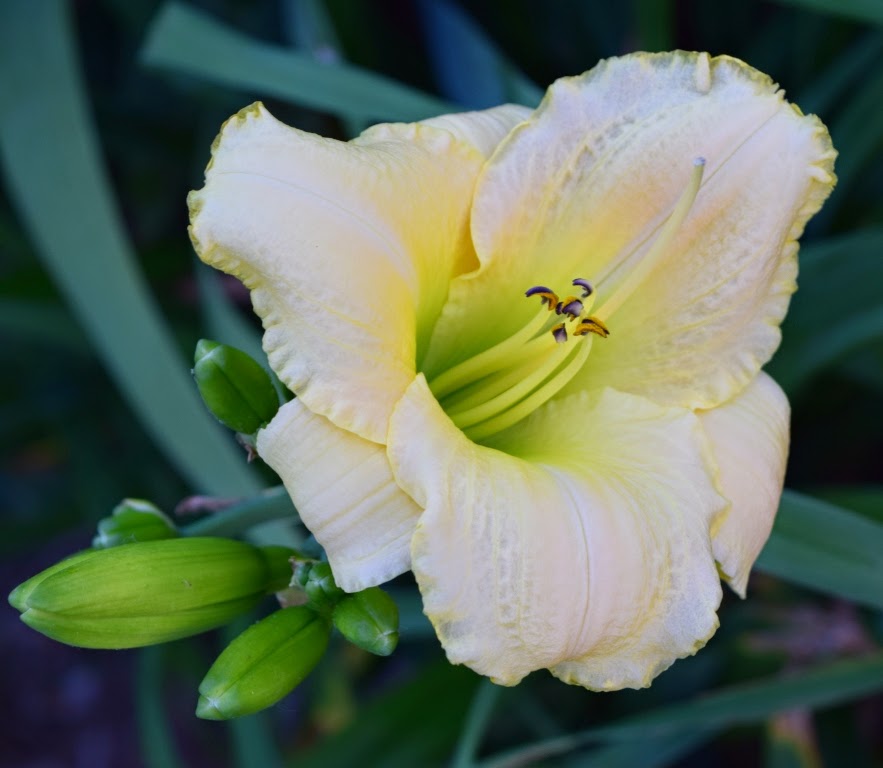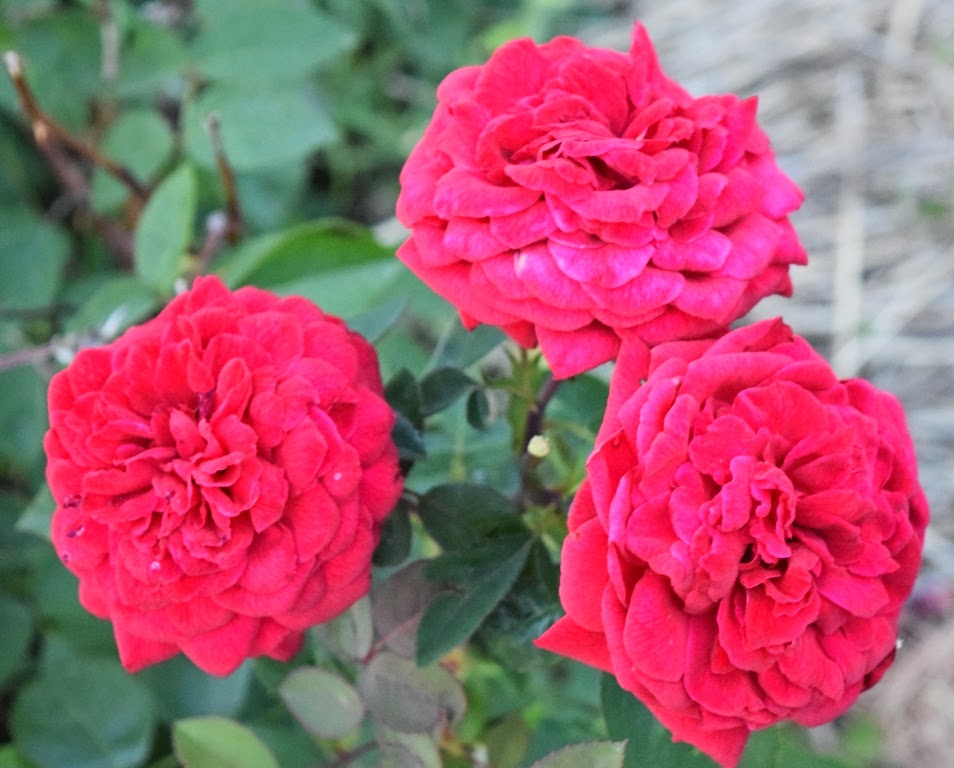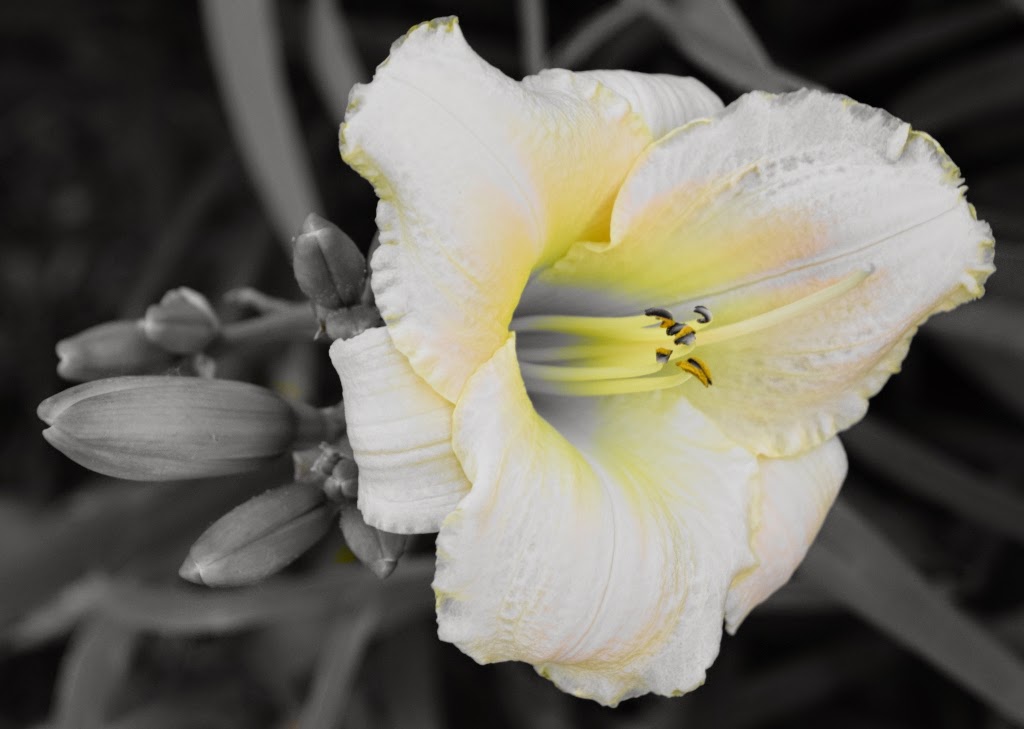.jpg) Time stood still in my garden today. Time stood still while I paused to absorb a lesson of love and tolerance from two very different creatures thrown together by the whim of chance and the necessities of other lives. My garden is a witness every day to a love that should not be, a love that few dare to speak of, a Romeo and Juliet joining of souls so vastly different that they trivialize the Shakespearean plot. Moose, my skinny garden predator, and Bella, the puppy replacing a daughter, are the picture of bliss in the brief moments they share. No seconds are wasted marveling over their friendship, they know only the rapture of each other's company.
Time stood still in my garden today. Time stood still while I paused to absorb a lesson of love and tolerance from two very different creatures thrown together by the whim of chance and the necessities of other lives. My garden is a witness every day to a love that should not be, a love that few dare to speak of, a Romeo and Juliet joining of souls so vastly different that they trivialize the Shakespearean plot. Moose, my skinny garden predator, and Bella, the puppy replacing a daughter, are the picture of bliss in the brief moments they share. No seconds are wasted marveling over their friendship, they know only the rapture of each other's company..jpg) Cat and dog, as differently matched as the sun and moon, are yet alike in their huge hearts, their simple joy from the touch of another warm body. Bella is a lover, happy to see anyone and everyone crossing her path. Moose is more restrained, but just as desperate for attention as Bella is to provide it. Many are those who live only in search of that one perfect love, exciting and exuberant, joyfully unrestrained in the celebration of another's presence. Bella and Moose are content in their forbidden love.
Cat and dog, as differently matched as the sun and moon, are yet alike in their huge hearts, their simple joy from the touch of another warm body. Bella is a lover, happy to see anyone and everyone crossing her path. Moose is more restrained, but just as desperate for attention as Bella is to provide it. Many are those who live only in search of that one perfect love, exciting and exuberant, joyfully unrestrained in the celebration of another's presence. Bella and Moose are content in their forbidden love..jpg) Moose waits continually by the front door, pacing patiently for Bella to visit the garden. Millie, his former close companion, has been missing for some time now and hes increasingly lonely. Bella paces the floors indoors, watching through the front and back windows for a glimpse of the other, begging to go outside as often as she can convince her master that she could possibly require a visit into nature. Outside, they fly together, the cat swooping in to tease the dog, the dog using weight and leverage to pin and muzzle the cat. Never is a claw or fang unsheathed, the weapons of the predators set aside for a cuddled eternity, as playful and tender and caring of the other as any other loving pair. Finally, the impatient owner pulls them apart to encourage attention to the business at hand.
Moose waits continually by the front door, pacing patiently for Bella to visit the garden. Millie, his former close companion, has been missing for some time now and hes increasingly lonely. Bella paces the floors indoors, watching through the front and back windows for a glimpse of the other, begging to go outside as often as she can convince her master that she could possibly require a visit into nature. Outside, they fly together, the cat swooping in to tease the dog, the dog using weight and leverage to pin and muzzle the cat. Never is a claw or fang unsheathed, the weapons of the predators set aside for a cuddled eternity, as playful and tender and caring of the other as any other loving pair. Finally, the impatient owner pulls them apart to encourage attention to the business at hand. My sainted mother often says "There's a fool for every fool", an expression she normally reserves for human couples who she perceives as individually flawed, but perfectly matched. It surely applies here as well, the match between the ebullient puppy and the lonely cat, each filling a need in the other. It's a lesson that this gardener needs to assimilate, a willingness to seek peace in the midst of diversity, an acceptance of different to support the beginnings of love.






.jpg)
.jpg)
.jpg)
.jpg)
.jpg)
.jpg)
.jpg)